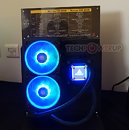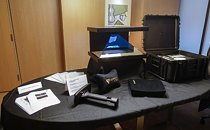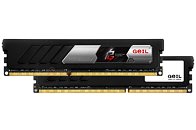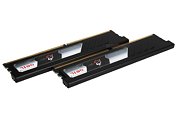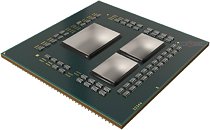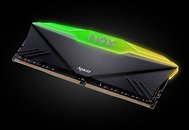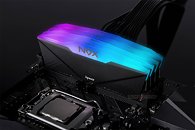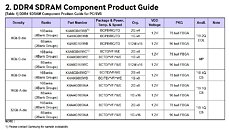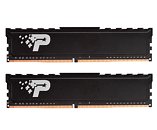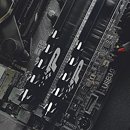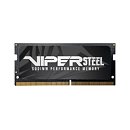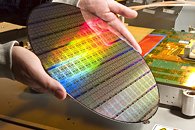
TEAMGROUP Showcases T-FORCE Gaming Brand at Computex 2019
With plenty of dominant new products, the world's leading memory brand, TEAMGROUP will exhibit its gaming brand T-FORCE at COMPUTEX Taipei 2019 during May 28th-June 1st. This year, TEAMGROUP's booth (J0218) at Nangang Exhibition Center Hall 1 will not only show the world eye-catching new T-FORCE RGB products but also announce many new storage products that are related to intelligent living. The core focuses of COMPUTEX 2019 are 'mirror design, water cooling, and extended concept. Also, the visitors will be able to fully understand TEAMGROUP's non-stop efforts over the years. At the same time, T-FORCE gaming memory modules, the winners of 2019 Red Dot Design Award and iF Design Award will be showcased at our booth. The world will witness the solid strength of T-FORCE which shines on the international design stage.




